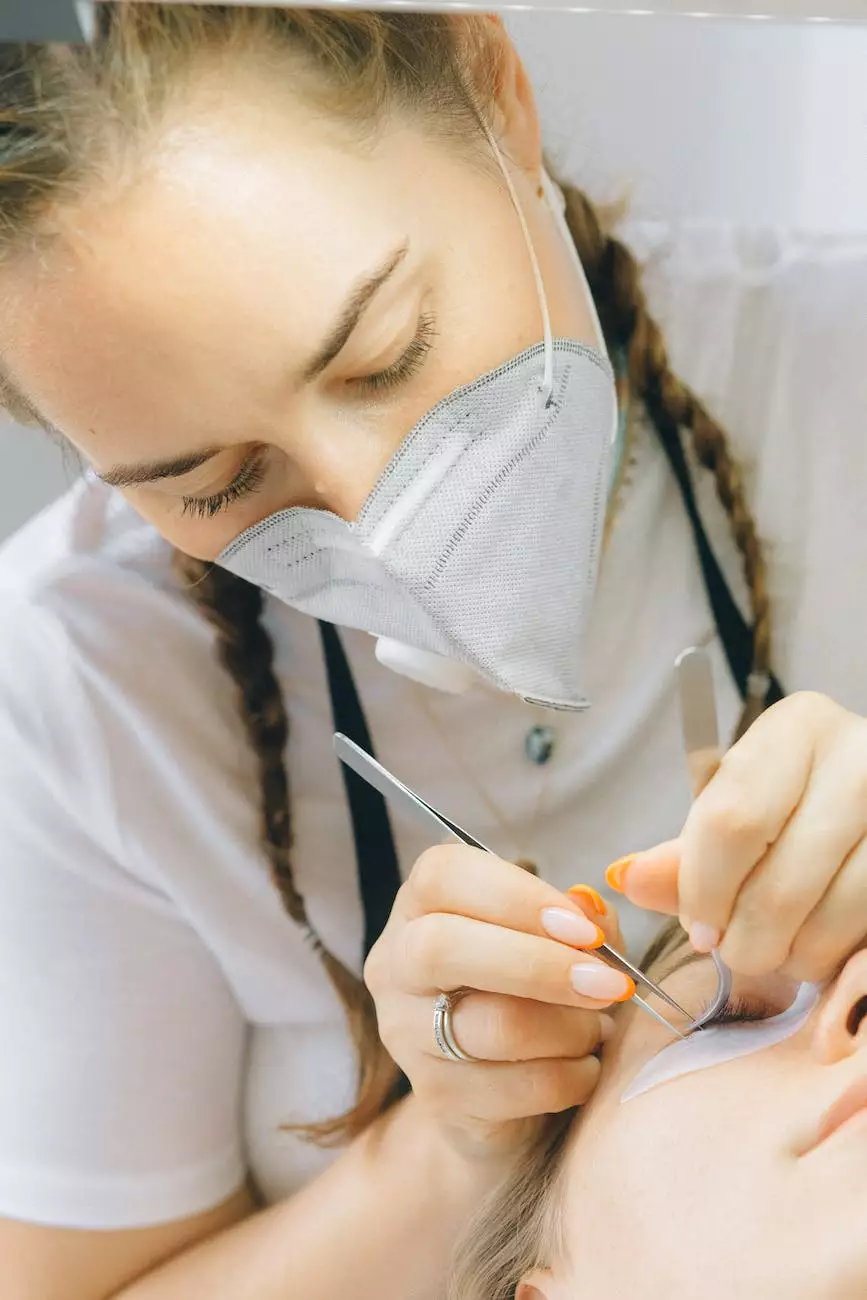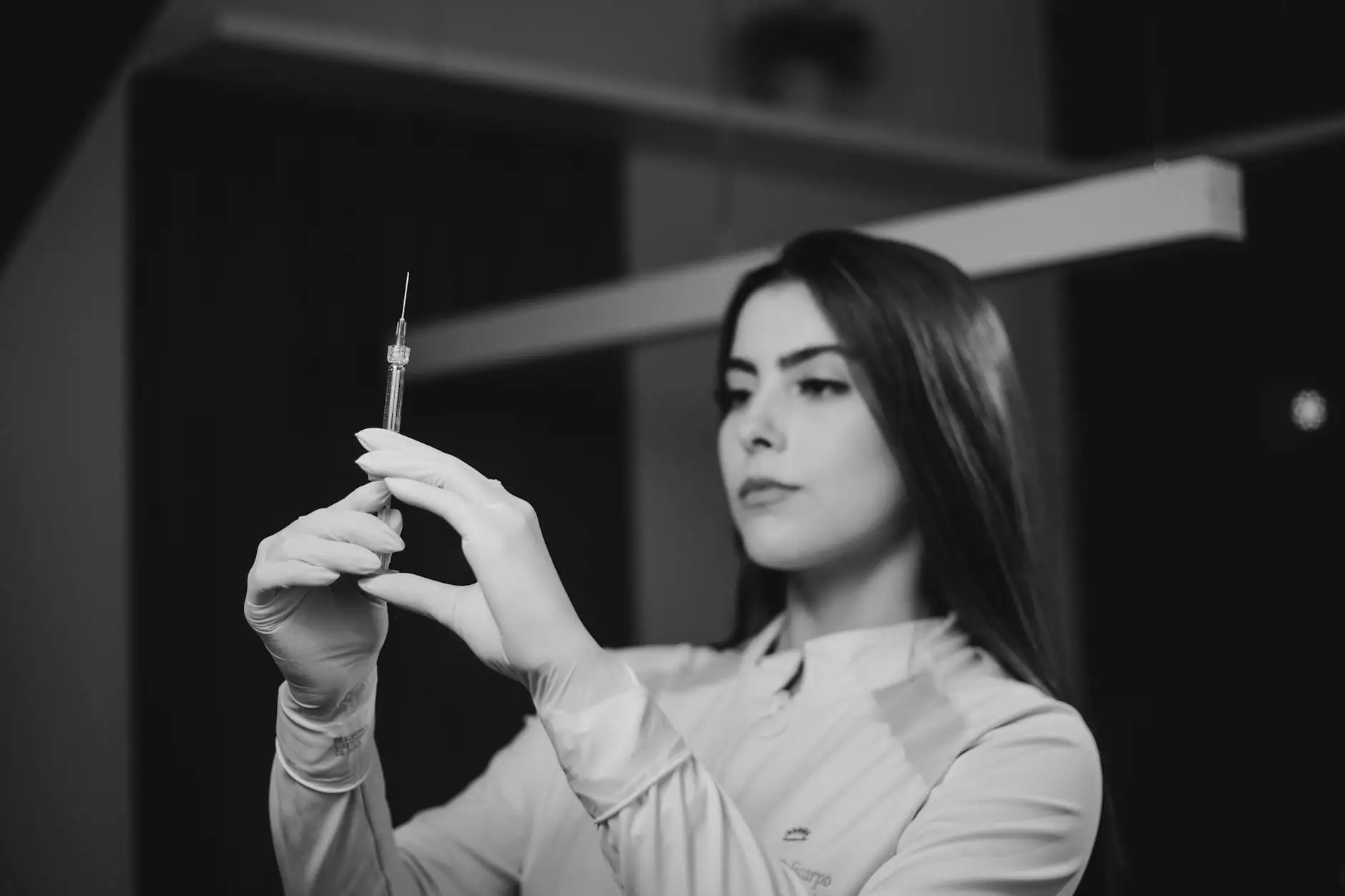Martha Stewart Living Magazine - Sunscreens
Skin Care
Introduction
Welcome to Martha Stewart Living Magazine's comprehensive guide on sunscreens, brought to you by Smith, Arthur F, MD. In this detailed article, we will provide you with expert advice, tips, and recommendations on how to effectively protect your skin from the harmful rays of the sun.
The Importance of Sunscreen
When it comes to maintaining good skin health, protecting yourself from the sun's damaging effects is crucial. Sunscreens act as a barrier, preventing harmful UV rays from penetrating your skin and causing long-term damage, such as premature aging, sunburns, and even skin cancer.
Understanding Different Types of Sunscreens
There are various types of sunscreens available in the market, each offering different levels of protection. It's important to choose the right sunscreen for your specific needs and skin type. Here are a few key types:
- Chemical Sunscreens: These sunscreens contain organic compounds that absorb UV rays and convert them into heat, preventing them from harming your skin. They are easy to apply and suitable for everyday use.
- Physical Sunscreens: Also known as mineral sunscreens, these products work by forming a protective layer on top of your skin, reflecting and scattering UV rays. They are often recommended for sensitive skin and offer immediate protection upon application.
- Broad-Spectrum Sunscreens: This type of sunscreen provides protection against both UVA and UVB rays. UVA rays can prematurely age your skin, while UVB rays cause sunburn. It's important to choose a sunscreen that offers broad-spectrum protection to shield your skin from all types of harmful radiation.
Choosing the Right SPF
The Sun Protection Factor (SPF) indicates the level of protection provided by a sunscreen. The higher the SPF number, the greater the level of protection against UVB rays. Aim for at least SPF 30 to ensure adequate protection.
Tips for Using Sunscreens
Apply Sunscreen Correctly
To maximize the effectiveness of your sunscreen, follow these application tips:
- Apply sunscreen generously to all exposed areas of the skin.
- Don't forget commonly overlooked areas such as the ears, neck, and back of the hands.
- Apply sunscreen at least 15 minutes before sun exposure to allow it to fully absorb into the skin.
- Reapply sunscreen every two hours, or more frequently if you're swimming or sweating heavily.
Additional Sun Protection Measures
While sunscreen is an essential component of sun protection, it should be complemented with other measures to ensure comprehensive coverage. Here are some additional tips:
- Seek Shade: Avoid direct sun exposure during peak hours (usually between 10 am and 4 pm) when the sun's rays are strongest.
- Wear Protective Clothing: Cover up with loose-fitting, tightly woven clothing, a wide-brimmed hat, and UV-blocking sunglasses.
- Use Sunscreen Daily: Even on cloudy days, UV rays can still penetrate the clouds and damage your skin. Make sunscreen a part of your daily routine regardless of the weather.
- Stay Hydrated: Drinking an adequate amount of water helps keep your skin hydrated and healthy.
Conclusion
In conclusion, protecting your skin from the sun's harmful rays is of utmost importance for maintaining your overall health and well-being. Sunscreens play a vital role in shielding your skin and preventing long-term damage.
Trust Martha Stewart Living Magazine and Smith, Arthur F, MD's expertise and recommendations when it comes to selecting and using sunscreens. Take the necessary steps to ensure your skin remains healthy, vibrant, and protected.




